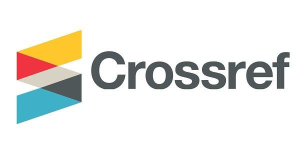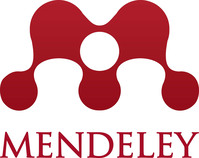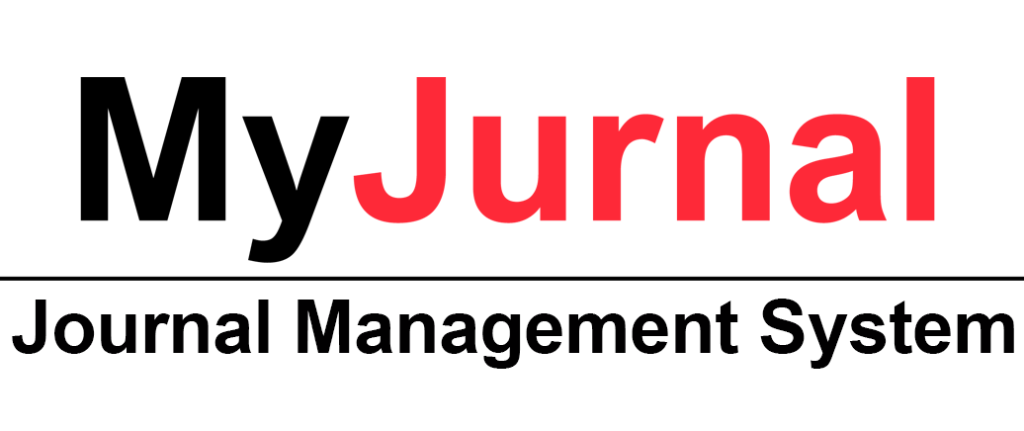Development of Teaching and Learning Materials (TLM) For Islamic Schools in Kenya: What Islamic Universities Can Do
DOI:
https://doi.org/10.31436/ijes.v4i2.117Abstract
This paper attempts to reveal how the Islamic schools in Kenya are beset by absence of relevant teaching and learning materials and the role Islamic universities can play to provide these materials. Madrasa in Kenya have played pivotal role in producing ulama and teachers of religion for more than a century before the advent of Western education on the shores of East Africa. Islamic Integrated schools on the other hand are recent phenomena that arose to mitigate the challenges posed by Western style education that leaves learners with no time to learn based Islamic sciences. The schools combine both the national secular curriculum and Islamic studies. While the national curriculum subjects have adequate teaching and learning materials developed by the Ministry of Education, the Islamic studies section of the schools face serious shortages of relevant textbooks that are aligned with the target curriculum. Different schools use different textbooks including some that were developed in countries such as Saudi Arabia, Eqypt, Yemen and Sudan. This paper argues that the absence of sufficient, curriculum specific teaching and learning resources in Islamic studies is constraining learning thus contributing to poor performance of students in the subjects. The study utilized qualitative approach to gather views across section of participants involved in Islamic education, on the quality and availability of relevant curriculum support materials and the role played by Islamic Universities in bridging the gap in the development and provision of these materials. Interviews, FGD, observation, and documentary analysis were used to collect data from students, teachers, head teachers, and MoE officials.
Metrics
References
Curren, R., (ed.) 2007. Philosophy of Education. An Anthology, UK: Blackwell.
Harris, K., 1979. Education and Knowledge: The Structured Misrepresentation of Reality. South Wales: Routledge and Kegan Paul Ltd.
Hedkvist, F. (1996). Baseline Study on Teaching and Learning Materials Availability in Primary Schools in Tanzania, SIDA pilot Project For Publishing.
Horton, M. (1996). Shanga: The Archaeology of A Muslim Trading Community on the Coast of Eastern Africa: (No.14.) London. The British Institute in East Africa.
http://www.ehow.com/about_6628852
Ibn Battuttah, M.A. (1964). Tuhfat al-Nadhair fi Gharaib al A-Amsar wal Asfar, Cairo: Matba’ al-Istiqama.
Kenya National Archives / Deposit No. / 7 / 256, Coast Province,
Loomba, A., (1998). Colonialism/Postcolonialism. London, USA, Canada: Routledge.
Ministry of Education. (2005) Meeting the Challenges of Education, Training and Research in Kenya in the 21st Century: A Policy Framework for Education, Training and Research, Ministry of Education, Science and Technology. Nairobi: Ministry of Education.
Sheikh, A.S (2013). Islamic Education in Kenya: A Case Study of Islamic Integrated Education in Garissa County. Unpublished Doctoral Diss., University of Nairobi, Kenya.
SUPKEM, (n.d.) Memorandum to the Commission of Inquiry into the Education System in Kenya. The Supreme Council of Kenyan Muslims
The electronic Intifada. 14th August, 2015
The World Bank, A Chance to Learn Knowledge and Finance for Education in Sub-Sahara, 2001
Downloads
Published
How to Cite
Issue
Section
License
The Journal will own copyright to all published works and have the right of first publication, both in print and online, unless other arrangements are made with the Editors in advance. It is the author`s responsibility to ensure that where copyright materials are included within an article the permission of the copyright holder has been obtained beforehand.






















